Russia has launched five waves of missile strikes against Ukraine’s civilian infrastructures since 10 October. These strikes have damaged or destroyed almost half of Ukraine’s electricity infrastructure and made blackouts a way of life across Ukraine and neighboring Moldova. Nato Secretary General Jens Stoltenberg has aptly accused Russia of ‘weaponising winter’ against Ukraine and Ukrainian President Volodymyr Zelensky has warned that Russia will not ‘calm down’ as long as it has missiles. Russia’s deployment of a warship capable of carrying Kalibr missiles to the Black Sea suggests that the worst may be yet to come for Ukraine’s war-ravaged cities.
Russian propagandists have framed these strikes as retribution for the ‘Donbas genocide’ or as a means of deterring Ukraine from recapturing Crimea.
Russia’s relentless strikes against Ukrainian cities are in some ways surprising – as they occur at a time when the Russian military’s precision missile stocks have been severely depleted. Russia has been forced to use Soviet-era Kh-22 missiles and nuclear cruise missiles to compensate for these shortfalls and has refashioned S-300 air defence missiles for offensive purposes.
It is also unclear whether these strikes advance Russia’s military goals. Putin’s Press Secretary Dmitry Peskov’s claim that Ukraine can ‘end suffering’ by suing for peace on Russia’s terms has not resonated in Kyiv. Since Russia’s infrastructure strikes began in earnest, Ukraine has forced Russia into an ignominious retreat from Kherson, recaptured a small foothold in Luhansk and stymied Russia’s hopes for a breakthrough in Donetsk’s Bakhmut battleground. Ukraine is also potentially well-positioned to launch a counter-offensive on Melitopol in Zaporizhzhia, which would severely disrupt Russian supply lines. As the winter war begins, Ukraine is much more likely to press its advantage than surrender to Russia’s terrorisation of Ukrainian civilians.
But while Russia’s infrastructure strikes do not advance a discernable strategic agenda, they are critical for President Vladimir Putin’s retention of power. Since Ukraine’s successful blitz offensive on Kharkiv in mid-September, Russian hardliners have vocally supported attacks on critical infrastructure. As Ukrainian forces swept through Kharkiv, Igor Girkin, who was recently convicted in absentia for his role in the shooting down of the MH-17 passenger flight, castigated the Russian military for not striking Ukrainian infrastructure from the start of the war. State Duma Deputy Andrei Gurulyov has urged Russia to destroy Ukraine’s industrial capacity by eviscerating its electrical grid, bomb the centre of Ukraine’s banking operations and target railway control centers. Putin’s appointment of General Sergei Surovikin as commander of Russian forces in Ukraine, which was immediately followed by infrastructure strikes, won praise from these war hawks.
As well as appeasing Russia’s hardline clique, which poses a greater short-term threat to Putin’s authority than anti-war liberals, infrastructure strikes rally public support for the war. Russian propagandists have framed these strikes as retribution for the ‘Donbas genocide’ or as a means of deterring Ukraine from recapturing Crimea. In a November 30 Telegram post, former Kremlin advisor Sergei Markov claimed that Russia’s strikes aimed to ‘end the suffering of the population of Donbas’ and stop Kyiv’s attacks on energy infrastructure in Donetsk. The crescendo of calls on pro-war Telegram channels for infrastructure strikes after the October 8 Kerch Bridge attack, which Putin swiftly answered, underscored the way Russia links these strikes to the defence of Crimea.
Civilian infrastructure strikes also feed into Kremlin propaganda about Ukrainian Nazism and Russia’s ability to retaliate against the West’s ‘total hybrid war’ on their country. After the mid-November wave of missile attacks, Duma Deputy Speaker Boris Chernyshov urged ordinary Ukrainians to protest on the streets and overthrow ‘Zelensky’s Nazi regime.’ After First Lady Olena Zelenska’s address to the British Parliament, Rossiya-1 propagandist Olga Skabeeva aired a video of a Ukrainian refugee condemning the Zelensky family for ‘telling us about patience while we sit without heat and light.’ On Vladimir Solovyov’s November 28 Rossiya-1 show, commentator Sergei Mikheyev boasted that Russian strikes would flood Europe with 10 to15 million Ukrainian refugees. As Russia cannot achieve territorial gains in Ukraine, it is using the destruction of Ukraine’s power grid as a new benchmark for success in its purported struggle against Nazism and Nato.
In the long-term, Putin’s gambit of appeasing the hardliners and rallying the public around infrastructure strikes might wear thin. The steady influx of western assistance to Ukraine, which included $35 million in US aid and the EU’s donation of 40 heavy generators from Romania, will allow Ukrainian cities to more effectively withstand the onslaught of Russian missiles. This reality is receiving grudging acceptance even in the Kremlin’s disinformation space. On Andrey Norkin’s NTV show, commentators highlighted Ukraine’s ability to repair its power gird and how Bosnia withstood four years of living with kerosene lamps.
By weaponising winter, Putin is emulating the abortive 1996 re-election strategy of his predecessor Boris Yeltsin. Prodded by his campaign manager Deputy Prime Minister Oleg Soskovets, Yeltsin escalated cluster bombings of Chechnya in January 1995 to appeal to hardline nationalists. This strategy failed miserably, as Yeltsin was forced to pivot to a reform-minded platform to win re-election and signed the August 1996 Khasavyurt Treaty, which created a de facto independent Chechen Republic of Ichkeria. Putin’s deal of the devil with Russia’s hardliners on Ukraine could eerily follow the trajectory of a predecessor that he has so often maligned.
The post The paradox at the heart of Russia’s missile strategy appeared first on The Spectator.
Got something to add? Join the discussion and comment below.
Get 10 issues for just $10
Subscribe to The Spectator Australia today for the next 10 magazine issues, plus full online access, for just $10.

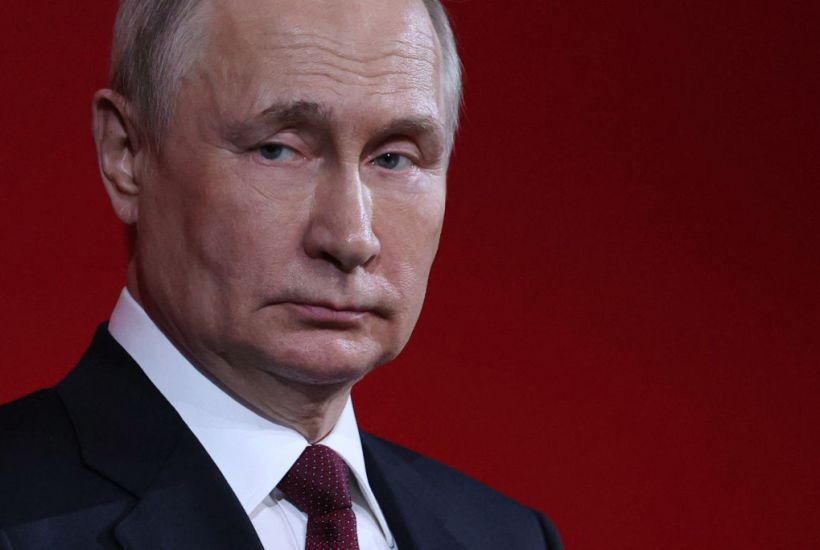
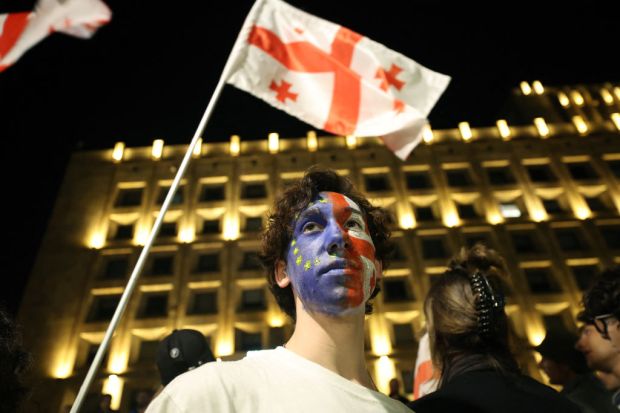
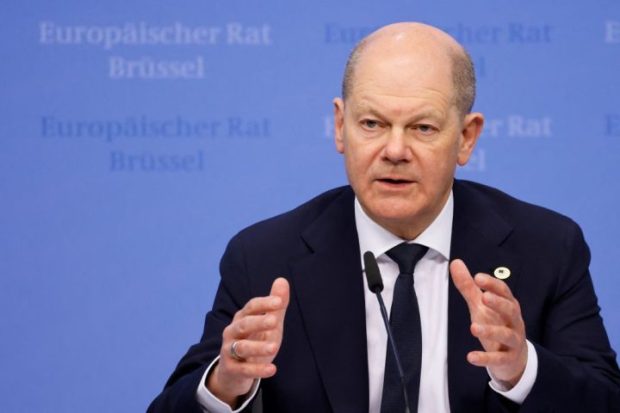
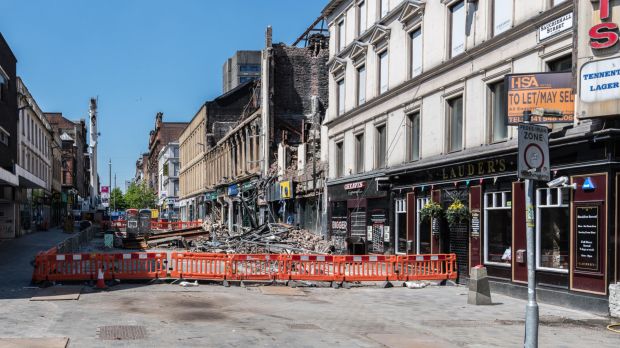








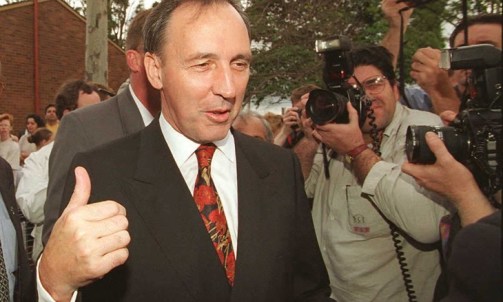
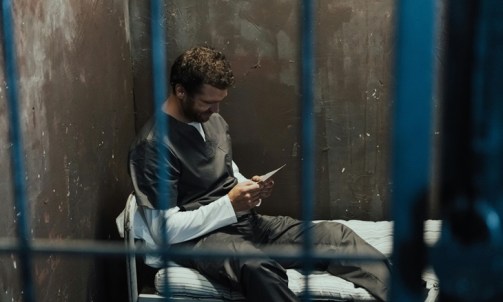




Comments
Don't miss out
Join the conversation with other Spectator Australia readers. Subscribe to leave a comment.
SUBSCRIBEAlready a subscriber? Log in